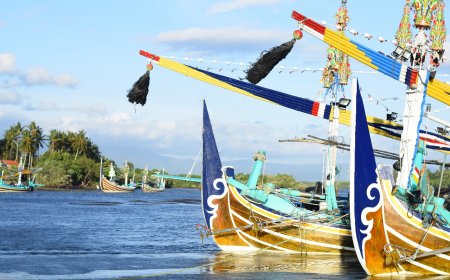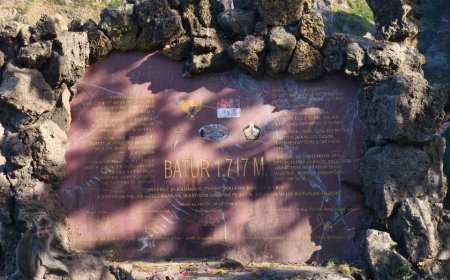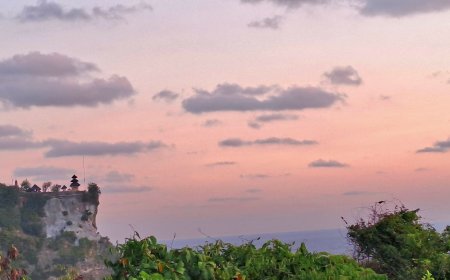Ababi Traditional Village: Understanding Balinese Cultural Roots and the Uniqueness of Tirta Gangga
Ababi Traditional Village is a village located in Abang District, Karangasem Regency, Bali Province. During the royal era in Bali, this village was named Karaman Lhara Babi which has its own meaning. Karaman which means community, Lhara is a type of eha tree (green tree that grows on the slopes of cliffs), and Babi is the fruit of the eha tree.
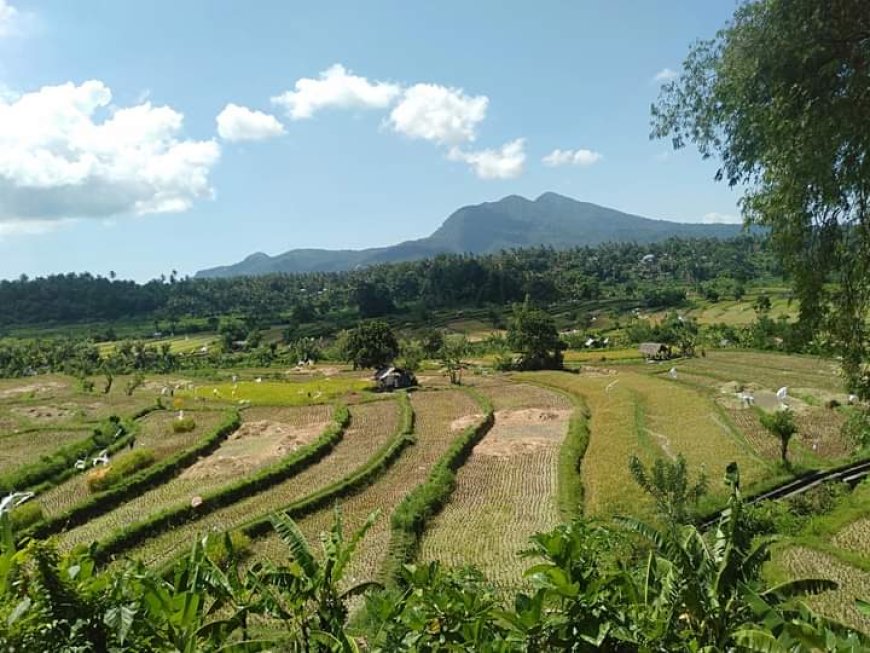
The village of Ababi tells the story that the King of Bali sent "pakiran-pakiran" (research teams) to investigate the report from the Prajura of the Ababi Customary Village, led by Dang Acarya Kuturan Lembu Kara, who conducted research according to the report from the Prajuru of the Village, exempted from tribute. The King of Bali also ordered the people of Ababi Village to remain cautious in farming and to continue carrying out periodic pest control. Ababi Customary Village, up to the present day, still follows the orders of the King of Bali, which is to hold the Palebon Jero Ketut ceremony (rat cremation). This ceremony aims to eradicate rats, and then the rats are cremated (ngaben) with the intention of returning them to their natural habitat.
 View of Tirta Gangga Holy Water Ababi Traditional Village (Photo Source : Editor Collection)
View of Tirta Gangga Holy Water Ababi Traditional Village (Photo Source : Editor Collection)
In the early establishment of this village, holy water played a significant role in the lives of the Ababi community. They believed that holy water possessed extraordinary power to cleanse the soul and body. Subsequently, a water palace was constructed by a Balinese king, namely Raja Anak Agung Anglurah Ketut Karangasem in 1946, and it was named Tirta Gangga. Tirta Gangga holds two meanings "Tirta," which in the Balinese language means holy water or a source of holy water, and "Gangga," which refers to the Ganges River in India, considered one of the holiest rivers in Hindu
Tirta Gangga has three levels of pools containing holy water from natural springs around it. These pools represent the three levels of the universe in Hindui, namely Bhuana Agung (big universe), Bhuana Alit (small universe), and Swahasta (universe in man). In addition, there are buildings and statues that adorn the Tirta Gangga which have deep religious significance, reflecting the harmony between humans and the universe.
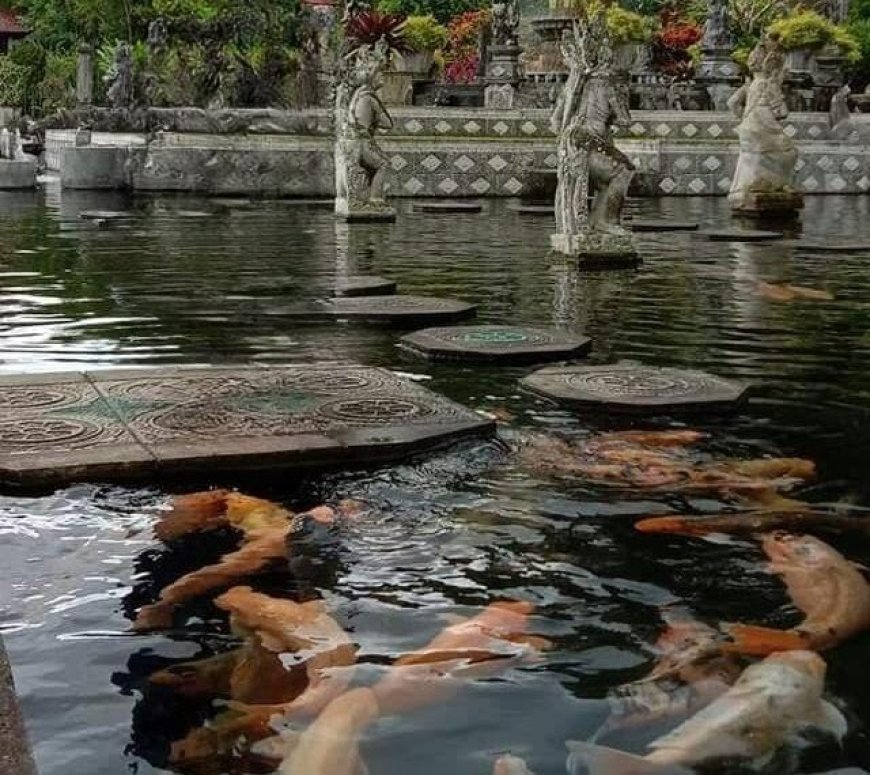 View of Koi Fish in Tirta Gangga Holy Water Ababi Traditional Village (Photo Source: Editor Collection)
View of Koi Fish in Tirta Gangga Holy Water Ababi Traditional Village (Photo Source: Editor Collection)
Tirta Gangga holy water is the most important element in the overall spiritual and cultural concept in this Ababi Traditional Village. The mystery surrounding this water is how it continues to flow non-stop despite being located in an environment that tends to be dry. Local people believe that this is a blessing from Gods and spirits of their ancestors. In addition, there is a very large phenomenon of koi fish cubs, visitors often see these fish swimming in strange formations as if they were doing dance movements, this is considered a sign of the presence of holy spirits who protect this place. Then there are some sacred stones that are believed to have spiritual energy, where some of these stones are used in religious ceremonies, while others are considered places where ancestral spirits rest. These four there are also supernatural things that are often experienced by visitors, they feel haunted by good spirits, and feel they get understanding or spiritual revelation while there
Apart from being a place of recreation, Tirta Gangga is also an important place for Hindu religious ceremonies. Every year, Hindu gather here to celebrate various festivals and sacred ceremonies. Ababi Traditional Village and Tirta Gangga are two inseparable entities in Balinese history and culture. The long history of this village and the construction of Tirta Gangga embodied by King Karangasem reflect the spiritual values and beliefs in Balinese society. The mystery of Tirta Ganga undying holy water is a testament to the profound spiritual power that surrounds this place and makes it an alluring destination for seekers of mystical experiences and natural beauty around the world.









